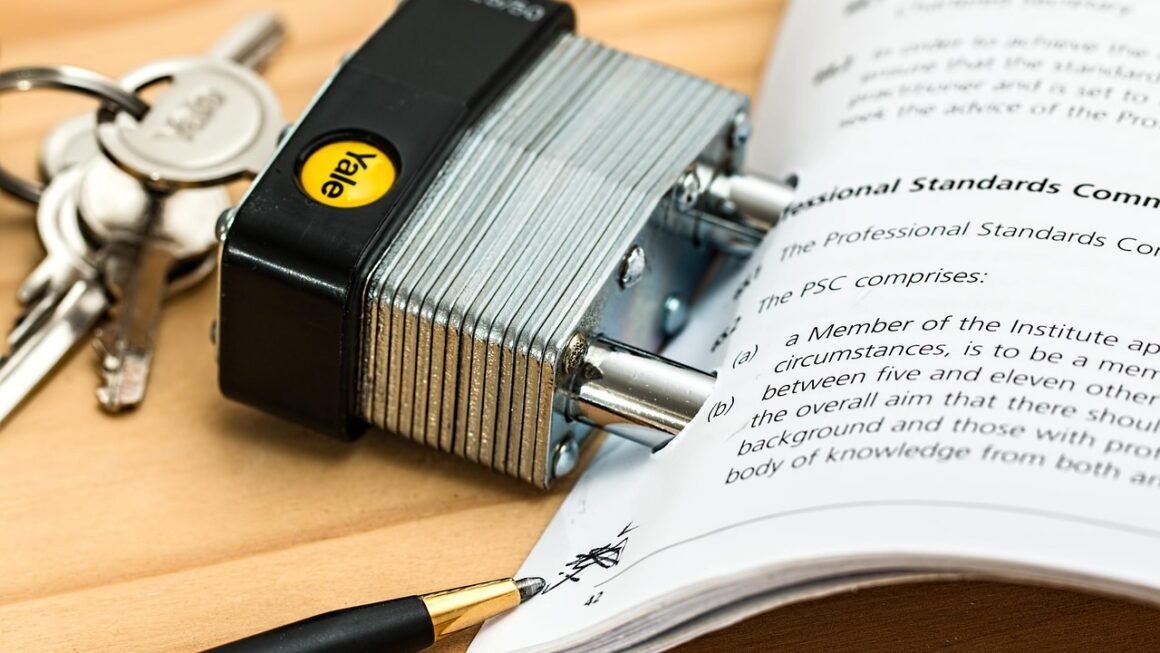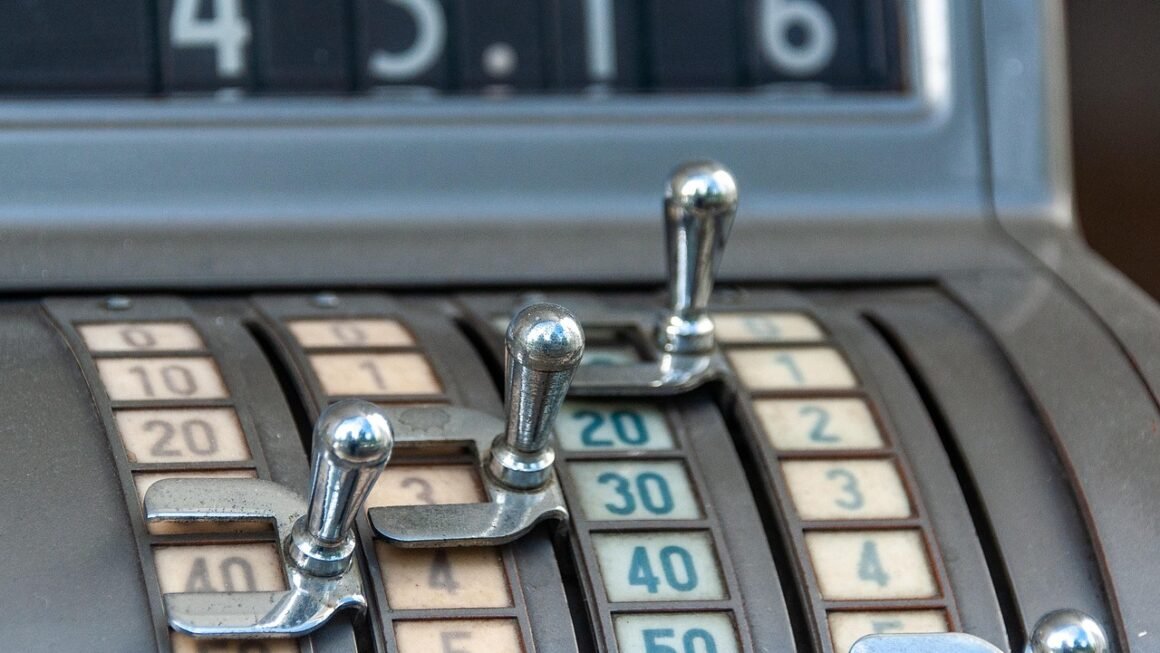Imagine a sudden car repair bill, an unexpected medical expense, or even the unfortunate event of job loss. Without a financial safety net, these situations can quickly turn into overwhelming stress and potential debt. That’s where an emergency fund comes in – a dedicated savings account designed to cushion life’s unexpected blows and provide you with peace of mind. This blog post will guide you through understanding, building, and maintaining your emergency fund, ensuring you’re prepared for whatever life throws your way.
Understanding the Importance of an Emergency Fund
An emergency fund is more than just savings; it’s a crucial component of financial security. It acts as a buffer between you and debt, preventing you from relying on credit cards or loans when unexpected expenses arise.
What Exactly is an Emergency Fund?
- It’s a readily accessible savings account, ideally kept separate from your everyday spending accounts.
- The purpose is strictly for unexpected, unavoidable expenses.
- It should be liquid, meaning you can access the funds quickly and easily. This typically means a high-yield savings account, money market account, or even a relatively accessible certificate of deposit (CD).
Why You Need an Emergency Fund
- Protection Against Unexpected Expenses: Life is unpredictable. From car repairs to home maintenance, unexpected costs are inevitable. An emergency fund helps you cover these expenses without derailing your financial goals. For example, imagine your refrigerator breaks down. Replacing it unexpectedly can cost hundreds, even thousands of dollars. An emergency fund can cover this cost without forcing you to take on debt.
- Job Loss Security: In today’s uncertain economy, job security is never guaranteed. An emergency fund can provide a financial safety net during periods of unemployment, allowing you to cover essential living expenses while you search for a new job.
- Avoid Debt Accumulation: Without an emergency fund, you might be tempted to rely on credit cards or loans to cover unexpected expenses. This can lead to a cycle of debt that’s difficult to escape.
- Peace of Mind: Knowing you have a financial safety net provides peace of mind and reduces stress. You can face unexpected challenges with confidence, knowing you have the resources to handle them.
- Opportunity Cost: An emergency fund can also help you avoid missing out on opportunities. Imagine you find a great deal on a new car, but your current one breaks down. Without an emergency fund, you might have to pass up the deal and settle for a more expensive repair or replacement.
Determining Your Emergency Fund Size
The ideal size of your emergency fund varies depending on your individual circumstances. However, a general rule of thumb is to aim for 3-6 months’ worth of living expenses.
Calculating Your Monthly Living Expenses
- Start by tracking your monthly income and expenses. Use a budgeting app, spreadsheet, or simply review your bank statements.
- Include all essential expenses, such as rent/mortgage, utilities, groceries, transportation, healthcare, and debt payments.
- Exclude non-essential expenses, such as entertainment, dining out, and subscriptions.
- Add up all your essential expenses to determine your total monthly living expenses.
- Example:
- Rent/Mortgage: $1,500
- Utilities: $300
- Groceries: $500
- Transportation: $200
- Healthcare: $100
- Debt Payments: $400
- Total Monthly Living Expenses: $3,000
Factors Affecting Your Emergency Fund Goal
- Job Security: If you work in a stable industry with high job security, you might be comfortable with a smaller emergency fund (e.g., 3 months’ worth of expenses). If your job is less secure or you’re self-employed, you might want to aim for a larger fund (e.g., 6-12 months’ worth of expenses).
- Income Volatility: If your income fluctuates significantly, you should aim for a larger emergency fund to cover periods of lower earnings.
- Health Insurance Coverage: If you have high-deductible health insurance, you should factor in the potential cost of unexpected medical expenses.
- Dependents: If you have dependents, you’ll need a larger emergency fund to cover their expenses in case of job loss or other emergencies.
Practical Examples of Emergency Fund Goals
- Low-Risk Individual: Stable job, good health insurance, no dependents: 3 months’ worth of living expenses.
- Self-Employed Individual: Fluctuating income, high-deductible health insurance, one dependent: 6-12 months’ worth of living expenses.
- Family with Children: Single income, average job security, standard health insurance: 6 months’ worth of living expenses.
Building Your Emergency Fund
Building an emergency fund takes time and discipline, but it’s an achievable goal. Start small and gradually increase your savings over time.
Setting a Realistic Savings Goal
- Break down your emergency fund goal into smaller, manageable milestones.
- For example, if your goal is $10,000, aim to save $1,000 every few months.
Creating a Budget and Cutting Expenses
- Review your budget and identify areas where you can cut expenses.
- Consider reducing spending on non-essential items, such as dining out, entertainment, and subscriptions.
- Look for ways to save money on essential expenses, such as groceries and utilities.
- Redirect the savings to your emergency fund.
Automating Your Savings
- Set up automatic transfers from your checking account to your emergency fund savings account.
- Even small, regular transfers can add up over time.
- Treat your emergency fund savings as a non-negotiable expense in your budget.
Increasing Your Income
- Consider taking on a side hustle or freelancing to earn extra income.
- Use the extra income to accelerate your emergency fund savings.
- Negotiate a raise at your current job or look for a higher-paying job.
Prioritizing Savings Over Debt Repayment (Sometimes)
- While paying down debt is important, it’s generally recommended to build a small emergency fund (e.g., $1,000) before aggressively tackling debt.
- Having a small emergency fund can prevent you from taking on more debt when unexpected expenses arise.
- Once you have a small emergency fund, you can focus on paying down high-interest debt while continuing to contribute to your emergency fund.
Maintaining and Using Your Emergency Fund
Once you’ve built your emergency fund, it’s important to maintain it and use it wisely.
Keeping Your Emergency Fund Separate
- Keep your emergency fund in a separate savings account from your everyday spending accounts.
- This will help you avoid the temptation to dip into it for non-emergency expenses.
Replenishing Your Emergency Fund After Use
- Whenever you use your emergency fund, make it a priority to replenish it as soon as possible.
- Adjust your budget and savings plan to prioritize replenishing your emergency fund.
Defining What Constitutes an Emergency
- Establish clear guidelines for what constitutes an emergency and when it’s appropriate to use your emergency fund.
- Examples of emergencies include:
Unexpected medical expenses
Car repairs
Home repairs
Job loss
- Examples of non-emergencies include:
Vacations
Shopping sprees
Entertainment
Reviewing Your Emergency Fund Regularly
- Review your emergency fund at least once a year to ensure it’s still adequate for your needs.
- Adjust your emergency fund goal as needed based on changes in your income, expenses, and life circumstances.
Conclusion
An emergency fund is an essential component of financial well-being. It provides a safety net for unexpected expenses, reduces stress, and prevents debt accumulation. By understanding the importance of an emergency fund, determining your ideal size, building it gradually, and maintaining it responsibly, you can protect yourself and your family from financial hardship and gain peace of mind knowing you’re prepared for whatever life throws your way. Start small, stay consistent, and watch your financial security grow.



